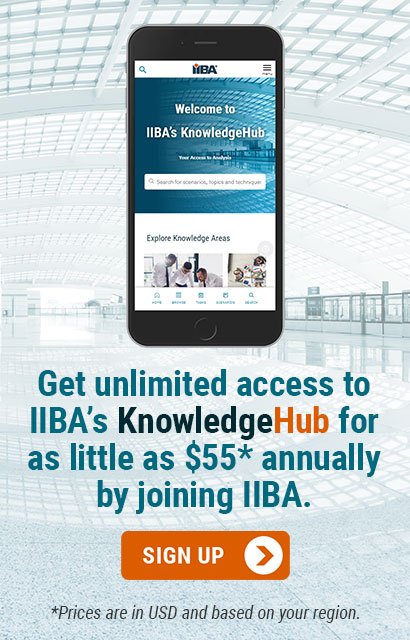
3. Mindset for Effective Business Analysis
3.2 The Way to Think About Business Analysis
The Business Analysis Standard
Business analysis is a human-centred, creative process aimed at achieving desired outcomes and driving organizational change. It involves maintaining an open mind, selecting appropriate techniques, processes, and tools, and ensuring competency coverage within teams to create value effectively.
Applying the BACCMTM helps develop and share information about the outcome to be created. Shared values help drive this work. They include:
- Respect
- Courage
- Collaboration
- Ethics
- Curiosity
- Continuous learning
- Improvement
- Customer focus
- Value maximization
A flexible, adaptable mindset supports the work of:
- Influencing strategy
- Empathizing with real customers
- Changing processes
- Engaging stakeholders within the business ecosystem
- Driving feedback and learning based on evidence
- Leveraging technology to implement and support the changes needed




















